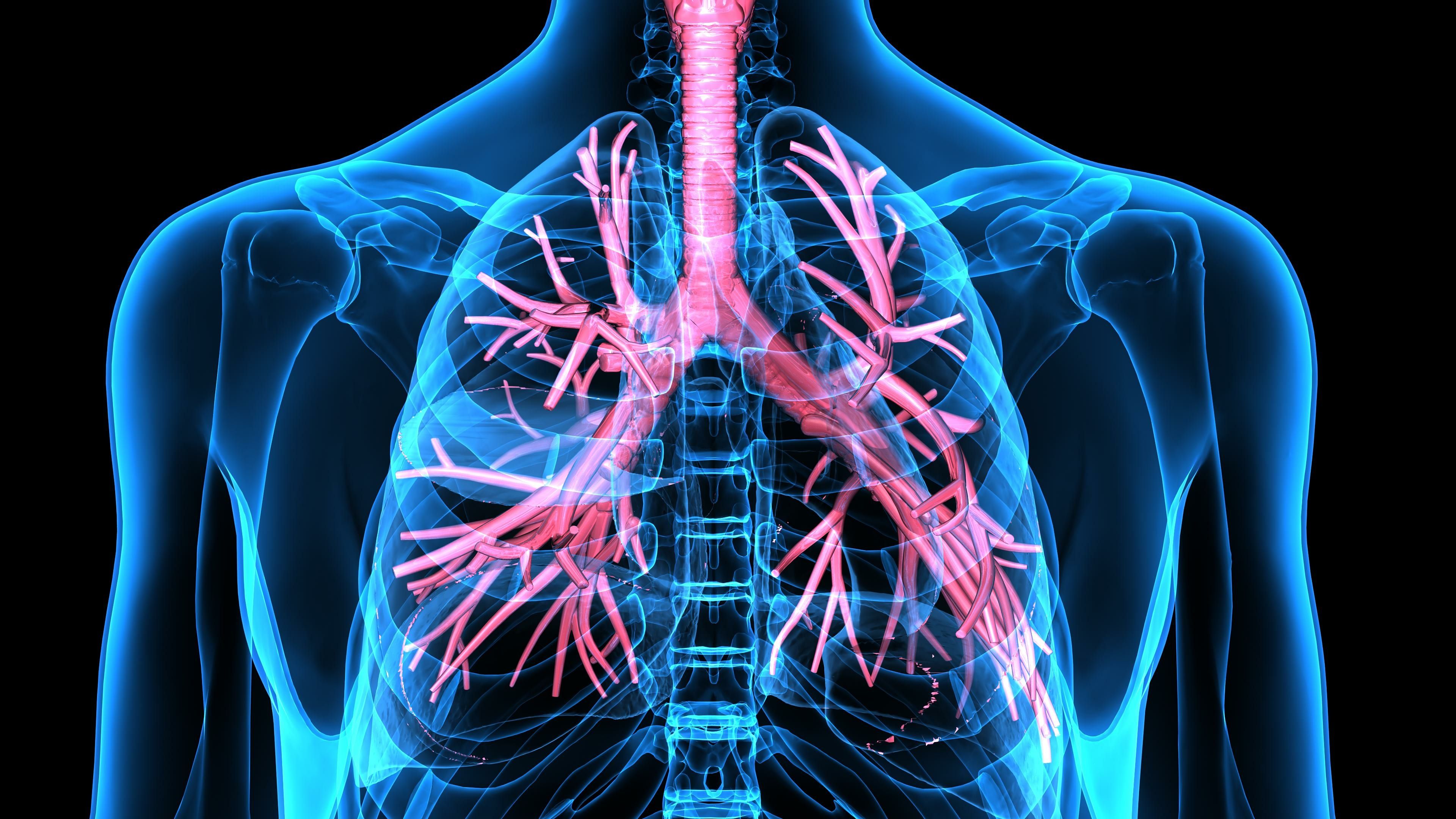
Article
Fluorecare Combo Rapid Test Useful for High Viral Loads in Influenza A and B
Author(s):
The test did not reach the World Health Organization’s minimum performance requirement, which is 80% sensitivity for SARS-CoV-2, in the study population.
PIC4U - stock.adobe.com

Fluorecare, a SARS-CoV-2+Flu A+B+respiratory syncytial virus (RSV) combination rapid antigen diagnostic (RAD) test, demonstrated real-life efficacy in the clinical setting in testing for influenza A and B in samples with a high viral load, according to the results of a study published in the Journal of Clinical Virology.
Investigators said that this could be useful to allow rapid self-isolation, since the transmissibly of viruses increase with the viral load. The test did not reach the World Health Organization’s minimum performance requirement, which is 80% sensitivity for SARS-CoV-2, in the study population.
Investigators included residual nasopharyngeal swabs from 178 individuals, who were all symptomatic with flu-like symptoms at the emergency department. Individuals used a RT-qPCR test for diagnosis of the virus. The data were collected from December 15, 2022, and January 6, 2023, at the Clinique Saint-Pierre in Belgium.
The viral load was expressed as cycle threshold (Ct), according to investigators. The nasal samples were tested with the RAD test Fluorecare SARS-CoV-2+Flu A+B+RSV antigen combo test.
Investigators carried out a data analysis with descriptive statistics. They also believe that all SARS-CoV-2 samples were expected to be Omicron, according to the time frame samples collected in Belgium.
They found the sensitivity of the test varies, according to the virus. The specificity for SARS-CoV-2, RSV, and influenza A and B were greater than 95%, according to the results of the study.
The highest sensitivity for the test was observed for influenza A at 80.8% and the lowest was observed for RSV at 41.5%. The specificity of the test included 100% for SARS-CoV-2 and RSV and were 96% and 96.9% for influenza A and B, respectively.
Investigators also determined that high sensitivities were observed for viral loads that were greater that 20 Ct but decreased with lower viral loads.
Among the individuals with 5 false positive results for influenza A, 1 sample was SARS-CoV-2 positive, 3 were RSV positive, and 1 was positive for both infections. Additionally, there were 4 false positive cases for influenza B, which were all positive for influenza B. Of those tests, only 2 showed a positive RAD test for influenza A.
Further, the data are not sufficient enough to rule out SARS-CoV-2 and RSV infections with the test.
The results showed that the device had good performance for influenzas A, B, and SARS-CoV-2 in individuals with high viral loads. However, investigators found that the performance was more limited for low viral loads and were also insufficient for RSV.
Investigators said that one limitation of the study included a heterogeneous population.
They said that additional studies are needed to assess performance in individuals who are asymptomatic, but they do not believe the performance will be better than the present cohort. They also said that external validation of the RAD tests are important to confirm the results.
Reference
Bayart JL, Gillot C, Dogné JM, Roussel G, et al. Clinical performance evaluation of the Fluorecare SARS-CoV-2 & Influenza A/B & RSV rapid antigen combo test in symptomatic individuals. J Clin Virol. 2023;161:105419. doi:10.1016/j.jcv.2023.105419
2 Commerce Drive
Cranbury, NJ 08512
All rights reserved.





